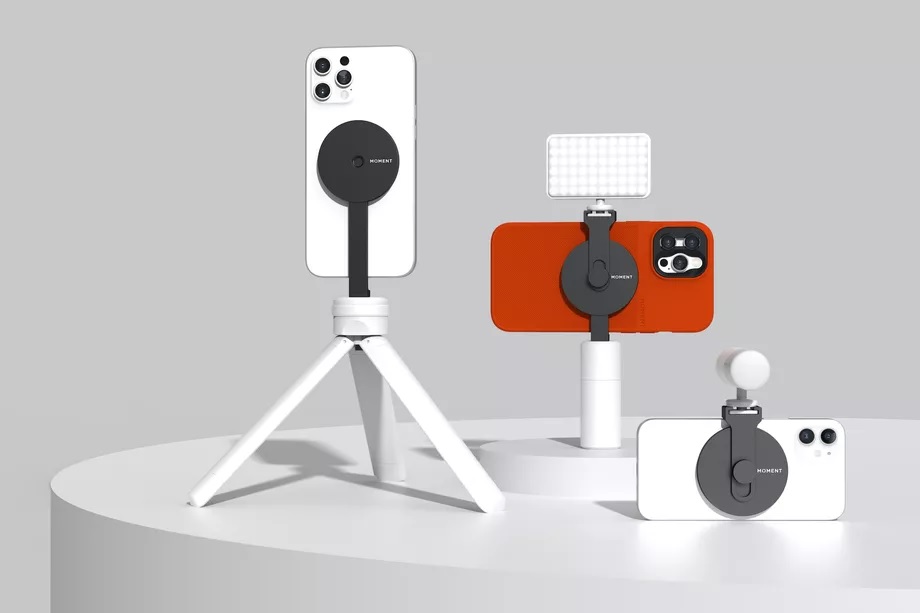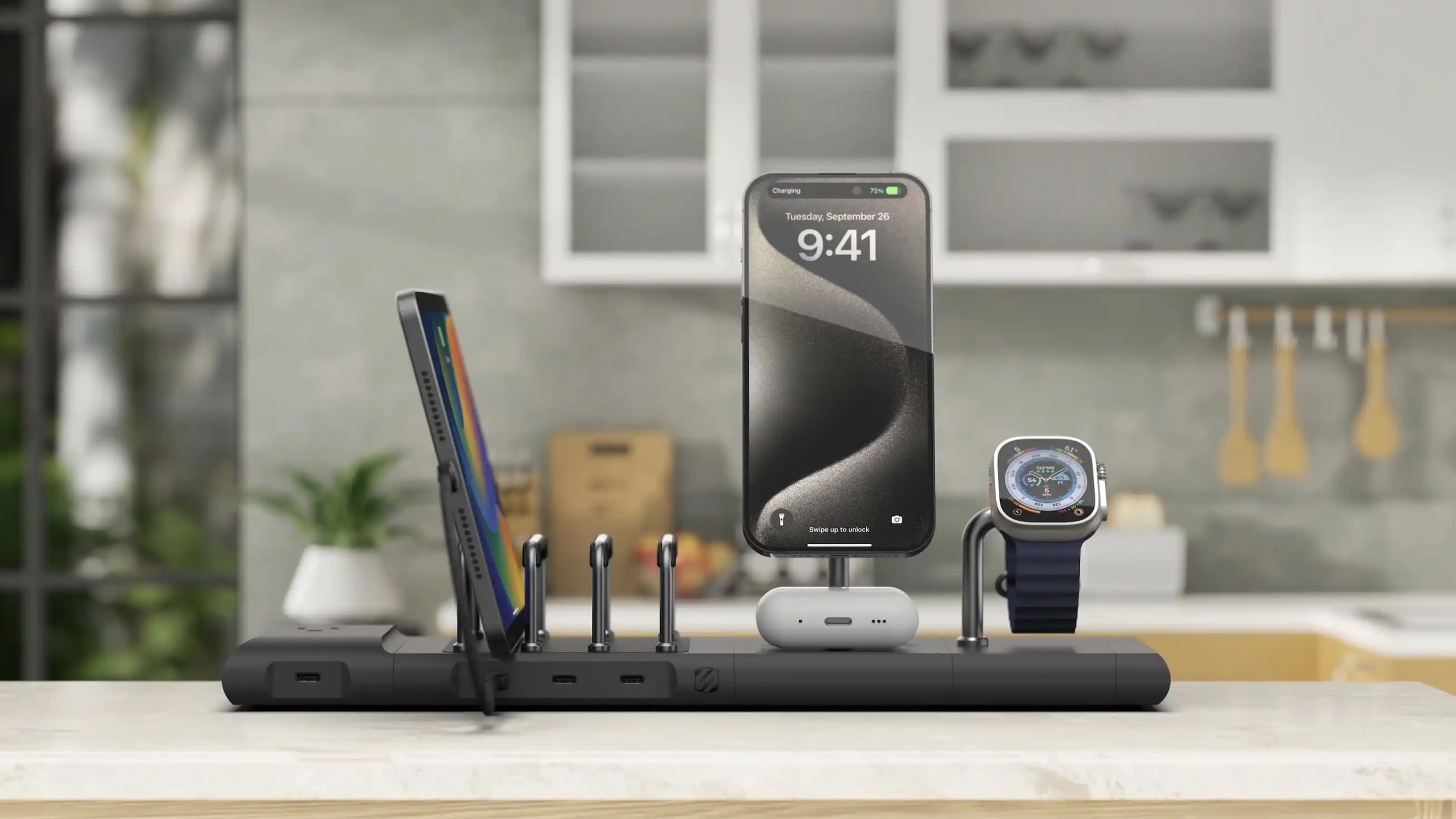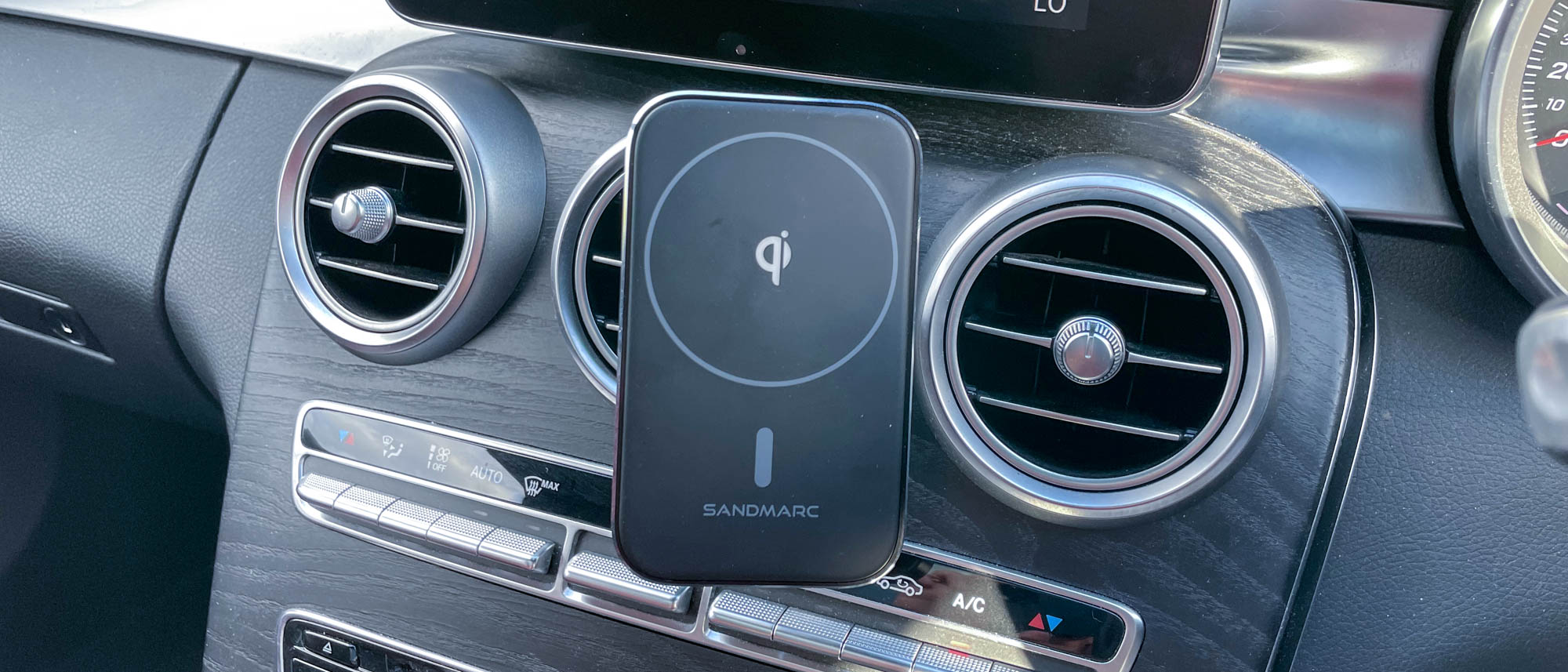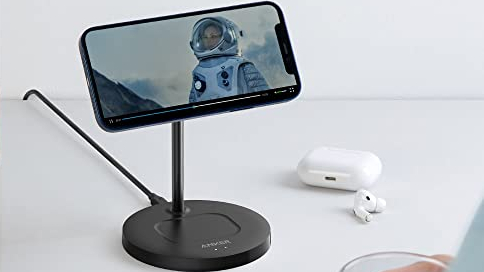
There are a lot of reasons to be excited about the Qi2 wireless charging standard, and what that means for wireless charging on Android and other devices that aren’t able to use Apple’s MagSafe. I know I can't wait until Qi2 becomes a standard feature on non-iPhones, but it’s not because of the charging aspect of Qi2’s capabilities.
Don’t get me wrong, Qi wireless charging desperately needed an upgrade, but I’m a lot more excited about the magnets and all the possibilities that will open up for the best Android phones. Especially when it comes to things like car phone mounts, tripods and all sorts of other mobile stands.
Qi2 has a bunch of new benefits

The Qi2 magnets are only a part of why Qi2 is so important, but they do offer more than just the ability to stick your phone onto stuff. The magnets mean that wireless charging coils will be perfectly aligned very single time, which is a major boost for efficiency — and means the amount of excess heat produced is significantly reduced.
Heat is particularly bad for batteries over extended periods of time, and phones tend not to perform quite so well in warm conditions. So the last thing you want is to expose your phone to unnecessary amounts of heat caused by a wireless charging pad.
Crucially this also includes adaptive charging capabilities as standard, which lets devices and chargers communicate about how much power is needed at any given time. Some wireless charging platforms do have a version of this, but including it as standard means that your device won’t be stuck with a fixed amount of power whenever it’s charging.
Qi2 is also able to better identify when an uncertified or incompatible device is on the charging pad and acts accordingly. This means only certified devices will be recharged.
Qi2 also raises the maximum default charging speed to 15 watts, up from Qi1’s 7.5 watts. That means there’s no need for proprietary and phone specific chargers to reach higher speeds. We’ve already seen this in action, since recent iPhones are able to hit 15W Qi2 charging speeds without an Apple-approved MagSafe charger.
Then there’s the extra benefit that those magnets don’t have to be used for charging. Like more secure stands and accessories that can snap on and off your phone without any ill effects.
Say goodbye to terrible stick-on magnets and grips

Anyone that’s had to use a car mount for their phone anytime in the past 15 years will know how much of a nightmare they can be. There’s a huge amount of variety, but a lot of them have the same basic problems that ruin the experience of using them. All because of shoddy grips, or magnetic stickers that are just completely unfit for purpose.
In my experience grips are generally awkward to use at the best of times, and far too prone to breaking. But the alternative to holding a phone in place with some sort of mechanism is to use magnets, and those are just as bad. Since Android phones lack magnets of their own, and metal phone backs are more or less extinct, the only way to use magnetic mounts is to use a stick on pad.
Unfortunately those pads come off after one or two uses. Mainly because the strength of the magnet far exceeds the cheap glue sticking it to your phone (or phone case). It’s got to the point where I can only use those stick-on magnets by sticking them to the inside of my phone case. That way they can’t be pulled off whenever I try to reclaim my phone from the dashboard.
Obviously anyone with a recent iPhone doesn’t have this problem. All they need is some kind of MagSafe-compatible stand and they’re good to go. Phone snaps in place, recharges wirelessly if that’s an option, and there are no signs of stickers or dodgy grips. And it’s not restricted to car mounts either.
There’s quite the variety of MagSafe-compatible tripods and phone stands out there, all exploiting the fact Apple phones have the ring of magnets in the back. Those magnets are strong, securely held in the back of the phone and don’t have to be used for wireless charging.
And something similar will be available with Qi2, thanks to Apple’s involvement in developing the standard. To the point where the first wave of Qi2 chargers that are on sale are advertised as MagSafe-compatible. We don’t know how similar everything will look on the inside, but as soon as Qi2 is available in other phones it means all those MagSafe-centric accessories are available to even more people. And it could put cheap, poorly made stands out of business.
Bottom line: A new era for phone accessories

There are a bunch of reasons to be excited about Qi2 coming to other phones in the near future, but for me it’s all about the accessories. Specifically the ability to get rid of terrible magnet stickers and grips that seem to be more of a hindrance than offering any real benefit. The fact that I may be able to stick with an Android phone, and slap it onto my car’s dashboard without having to worry about mechanisms breaking or magnet stickers losing their grip.
The best part is that thanks to the proliferation of MagSafe since the launch of the iPhone 12, these accessories are already available in abundance. Because, when it comes down to it, the only difference between a genuine MagSafe product and a MagSafe compatible one is the charging speed. If charging isn’t a factor, then any similar ring of magnets should work just fine — and that’s the only thing Android phones are missing.
So once that finally happens a whole new world of accessory compatibility should kick off.







